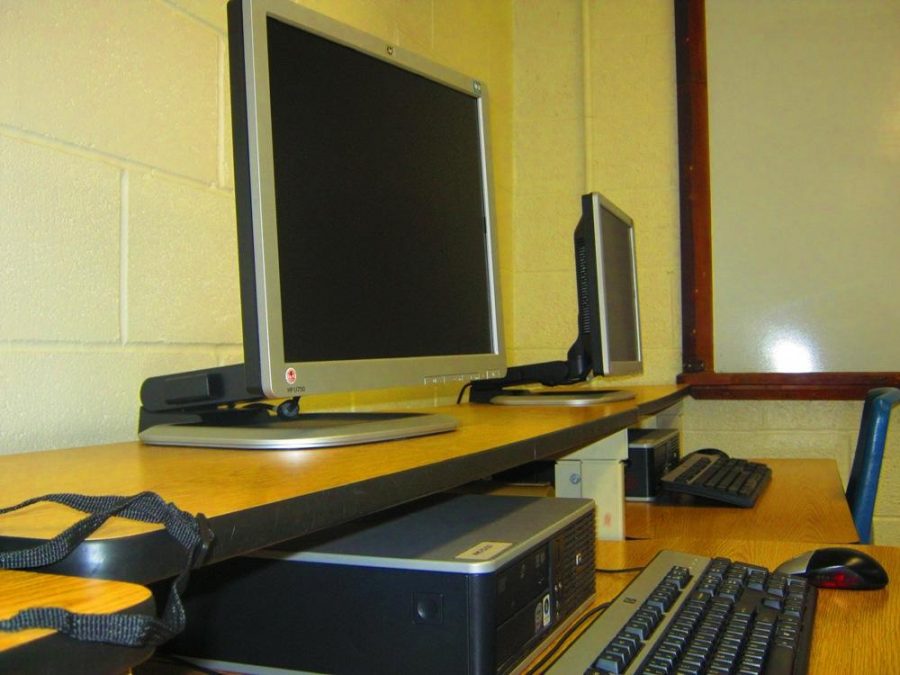Written by Justin Escobales |
In the Morgan School, there is a very popular phrase for whenever anything goes wrong with computers. The phrase is, “Morgan tech.” It is well known to the students that the computers we have here don’t come close to what they have at home. But how bad is it really? I conducted a series of tests on the computers to see how it really is. The results show that it really isn’t that bad.
The first test I did was a file fragmentation test. File fragmentation is a key factor in a computer’s speed. When a file is stored in a computer, it is separated into parts and distributed across parts of the computer. When a file is loaded up, it is put together in parts, like a quilt of information. However, these parts can be scattered so far apart that it will slow down programs that need them. In our computers at Morgan, I found that it isn’t too bad. The fragmentation hovers around %25, which isn’t too bad for a public computer. The solution for this would just be to set all computers to defragment on a day with no school using the built in Disk Defragmenter that comes with Windows.
The second thing I tested was the amount of processes on a computer. More processes running means the computer has to juggle more tasks. As far as these computers go however, it still isn’t too shabby. There are a lot of processes running, but they aren’t demanding processes. They aren’t slowing down computers.
Next, I decided to check the hardware these computers have. They are running Windows XP, which is currently 11 years old, but the hardware they have should be running it pretty well. Most of the computers have around 2 gigabytes of RAM and dual processors, which are perfectly fine for running an operating system like XP. However, it is pretty mismatched. The monitors don’t function at their highest resolution most of the time. In fact, it would probably just be best to upgrade to a new version of Windows all around. This is because XP does not take the best advantage of the hardware in these computers. It generally doesn’t use dual core processors just because they didn’t exist when XP came out.
One thing that bothers me is the antivirus software. I am a little paranoid about antivirus software, but it pays to be safe. It is Symantec AntiVirus, and it is the newest version, but the program seems awfully dated. There are alternatives that are free, like Microsoft Security Essentials, but those are for newer operating systems.
In the end, these computers aren’t bad, especially for public computers. A lot of people don’t understand that a public computer isn’t ever going to be better than their computer at home because it has to serve the needs of many people. You can’t tailor it to yourself. However, there is room for improvement. These computers should be put into Windows Vista or 7 because those operating systems are going to use the hardware in a more efficient manner.
There is just one problem though.
Windows is extremely expensive. Although one copy could upgrade the entire school, it would be quite costly. The price of Windows 7 Professional is about $200. However, for an institution like the Morgan School, this isn’t really a lot, considering textbooks for a class are more expensive than that. Also, it would be a very good investment, and although Windows 8 is coming out, its touch screen based controls would be inefficient for the school, considering that we use mice and keyboards.



Jack Cross • Oct 3, 2012 at 12:52 pm
Justin,
Thanks for taking time to do a little digging and providing some perspective on the current state of technology at Morgan. Based on your initial investigation, I would recommend that you touch base with Mr. Crovo about some of the questions you raise, specifically regarding the status of the operating systems.
John Crovo • Oct 3, 2012 at 10:57 am
Nice job, Justin….